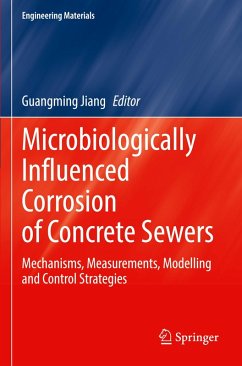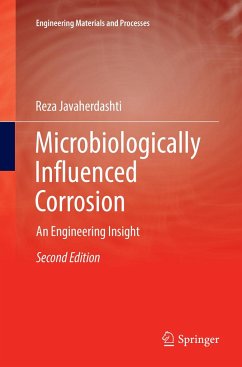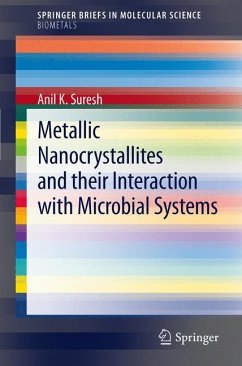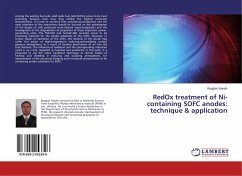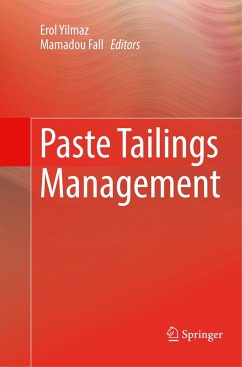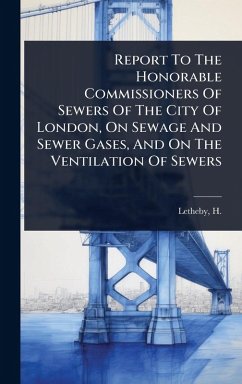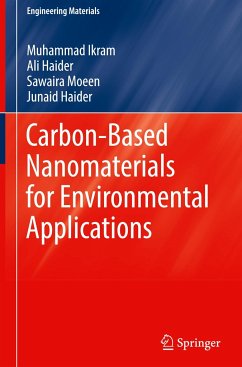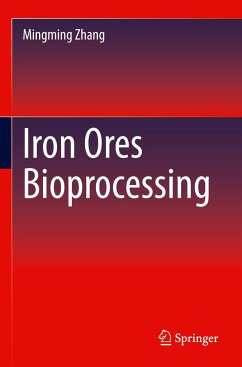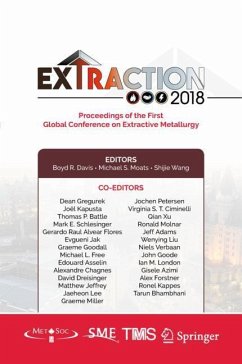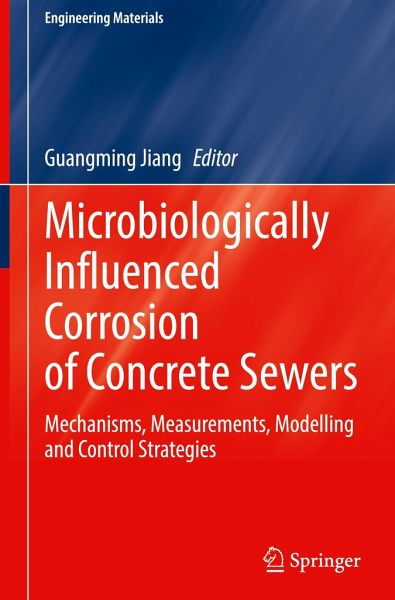
Microbiologically Influenced Corrosion of Concrete Sewers
Mechanisms, Measurements, Modelling and Control Strategies
Herausgegeben: Jiang, Guangming

PAYBACK Punkte
65 °P sammeln!
This book is a unique resource for professionals seeking a comprehensive understanding of microbiologically influenced corrosion in concrete sewers (MICC), which play a critical role in modern urban infrastructure. Corrosion can lead to structural collapse and significant financial losses due to the costly rehabilitation and replacement of damaged sewer systems. In the United States alone, sewer asset losses attributed to corrosion are estimated to reach $14 billion annually.The book provides a cross-disciplinary approach to understanding the physical, chemical, and biological processes that c...
This book is a unique resource for professionals seeking a comprehensive understanding of microbiologically influenced corrosion in concrete sewers (MICC), which play a critical role in modern urban infrastructure. Corrosion can lead to structural collapse and significant financial losses due to the costly rehabilitation and replacement of damaged sewer systems. In the United States alone, sewer asset losses attributed to corrosion are estimated to reach $14 billion annually.
The book provides a cross-disciplinary approach to understanding the physical, chemical, and biological processes that contribute to microbiologically influenced concrete corrosion. Readers will learn about corrosion rate measurement and characterization methods, controlling environmental factors, corrosion prediction models, and mitigation and control strategies. The book also covers the development of corrosion-resistant concrete.
Written for civil engineers, environmental engineers, concrete technologists, and sewer operators and managers, this book is both informative and practical. It not only provides fundamental knowledge of the development of corrosion but also offers practical solutions that are economically and environmentally sustainable. By collating a range of corrosion analytics and control measures, this book is an essential reference for anyone seeking to prevent and manage concrete corrosion in sewer systems.
The book provides a cross-disciplinary approach to understanding the physical, chemical, and biological processes that contribute to microbiologically influenced concrete corrosion. Readers will learn about corrosion rate measurement and characterization methods, controlling environmental factors, corrosion prediction models, and mitigation and control strategies. The book also covers the development of corrosion-resistant concrete.
Written for civil engineers, environmental engineers, concrete technologists, and sewer operators and managers, this book is both informative and practical. It not only provides fundamental knowledge of the development of corrosion but also offers practical solutions that are economically and environmentally sustainable. By collating a range of corrosion analytics and control measures, this book is an essential reference for anyone seeking to prevent and manage concrete corrosion in sewer systems.





